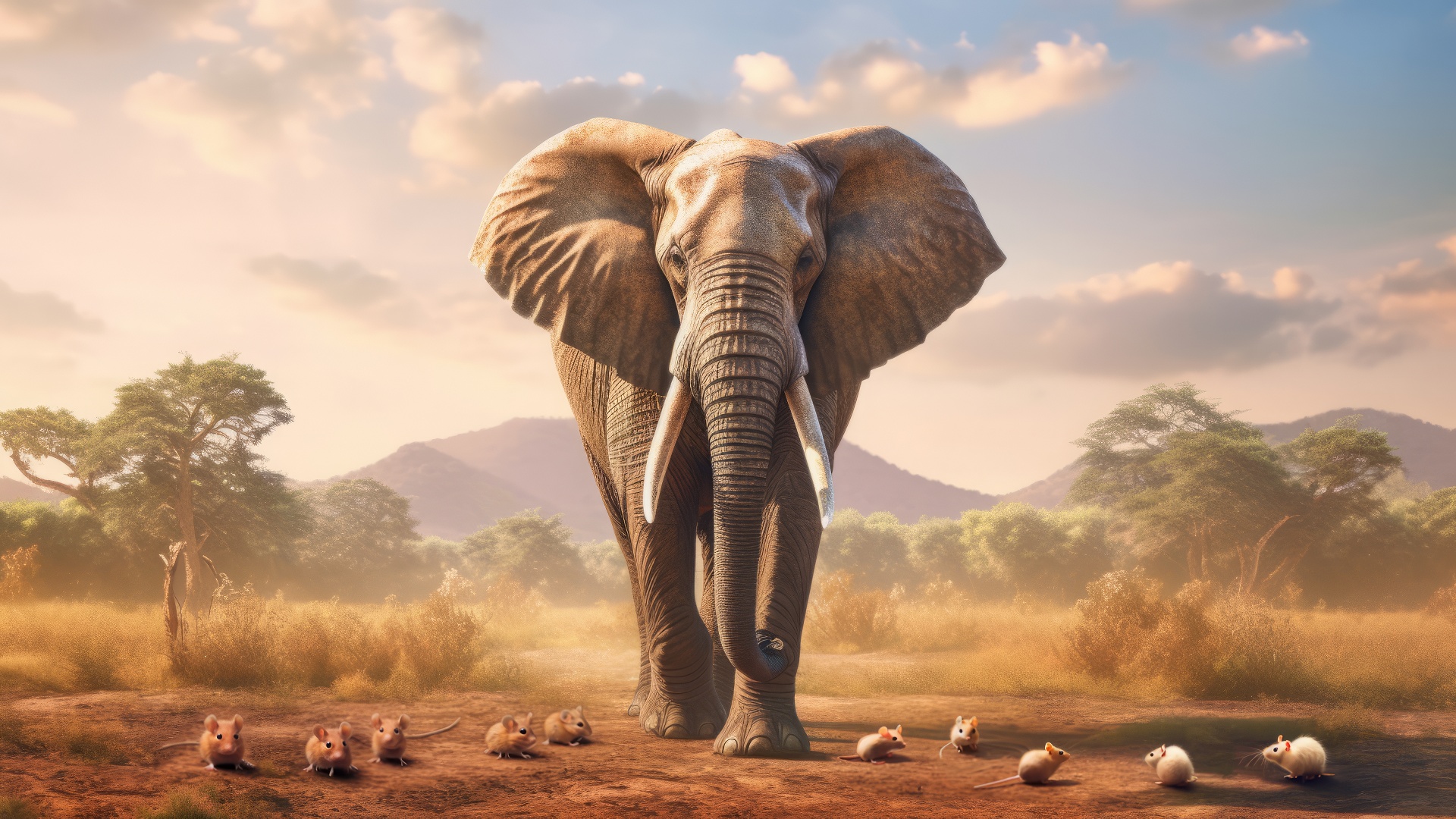Tag: Conservation Biology
-
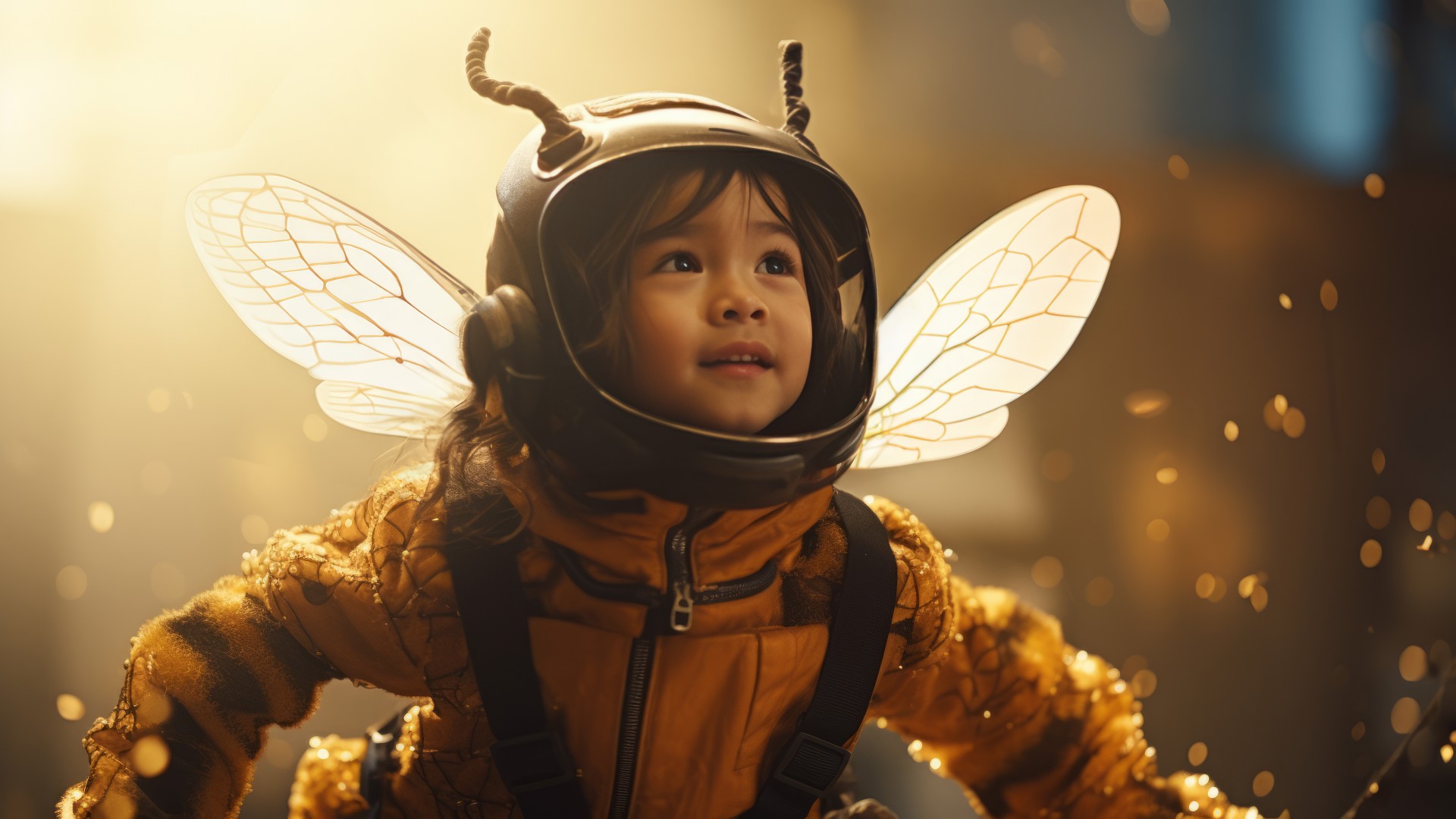
Batesian Mimicry
In Batesian Mimicry, a harmless species evolves to resemble a harmful one, thereby deterring predators. First articulated in 19th-century scientific research, this form of mimicry is governed by natural selection and frequently manifests in regions of high ecological diversity.
-
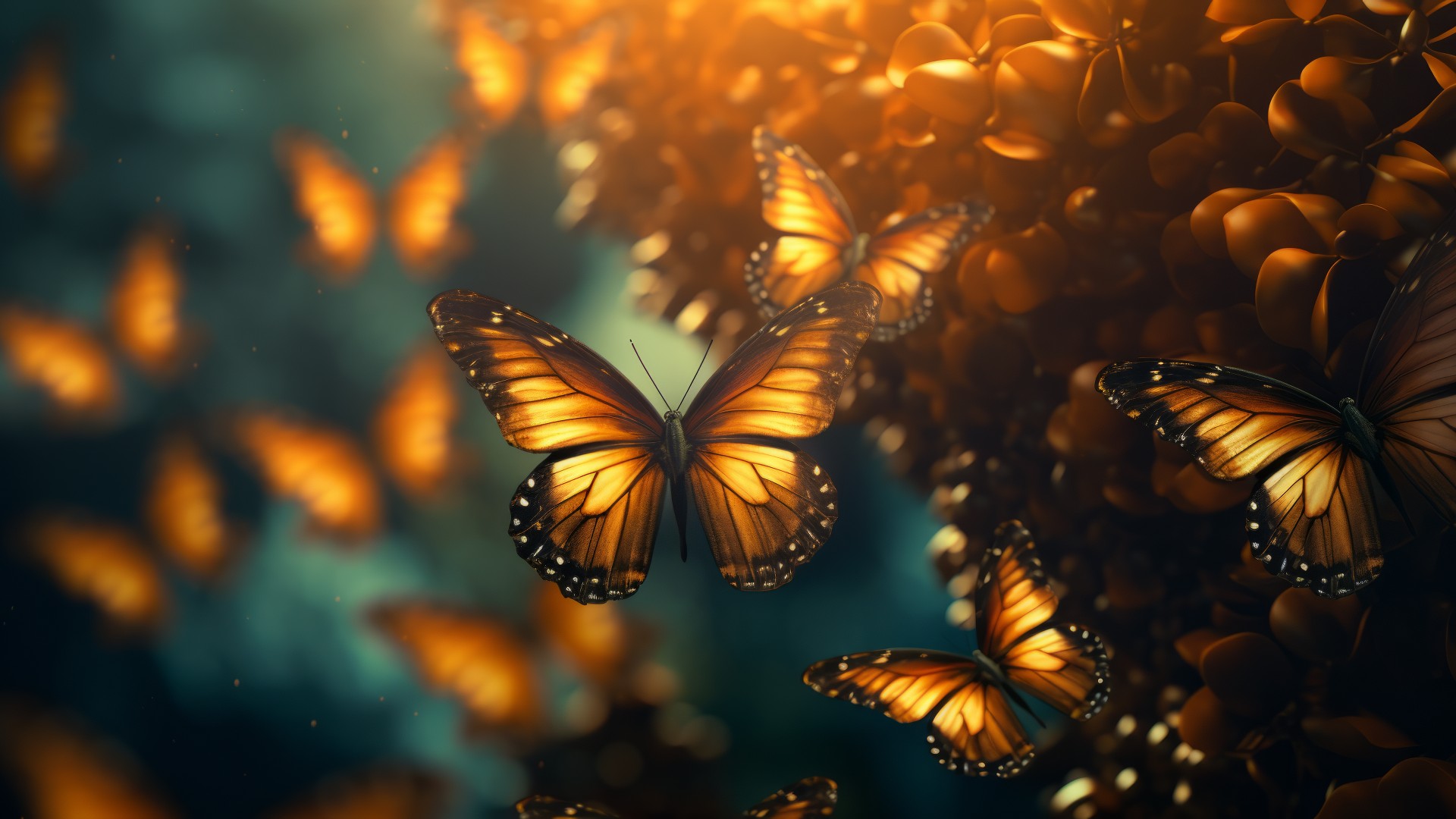
Müllerian Mimicry
In Müllerian mimicry, various harmful or unpalatable species come to resemble each other, amplifying mutual protection against predators. This adaptation arises from evolutionary pressures and has substantial impact on ecosystems and species interactions.
-
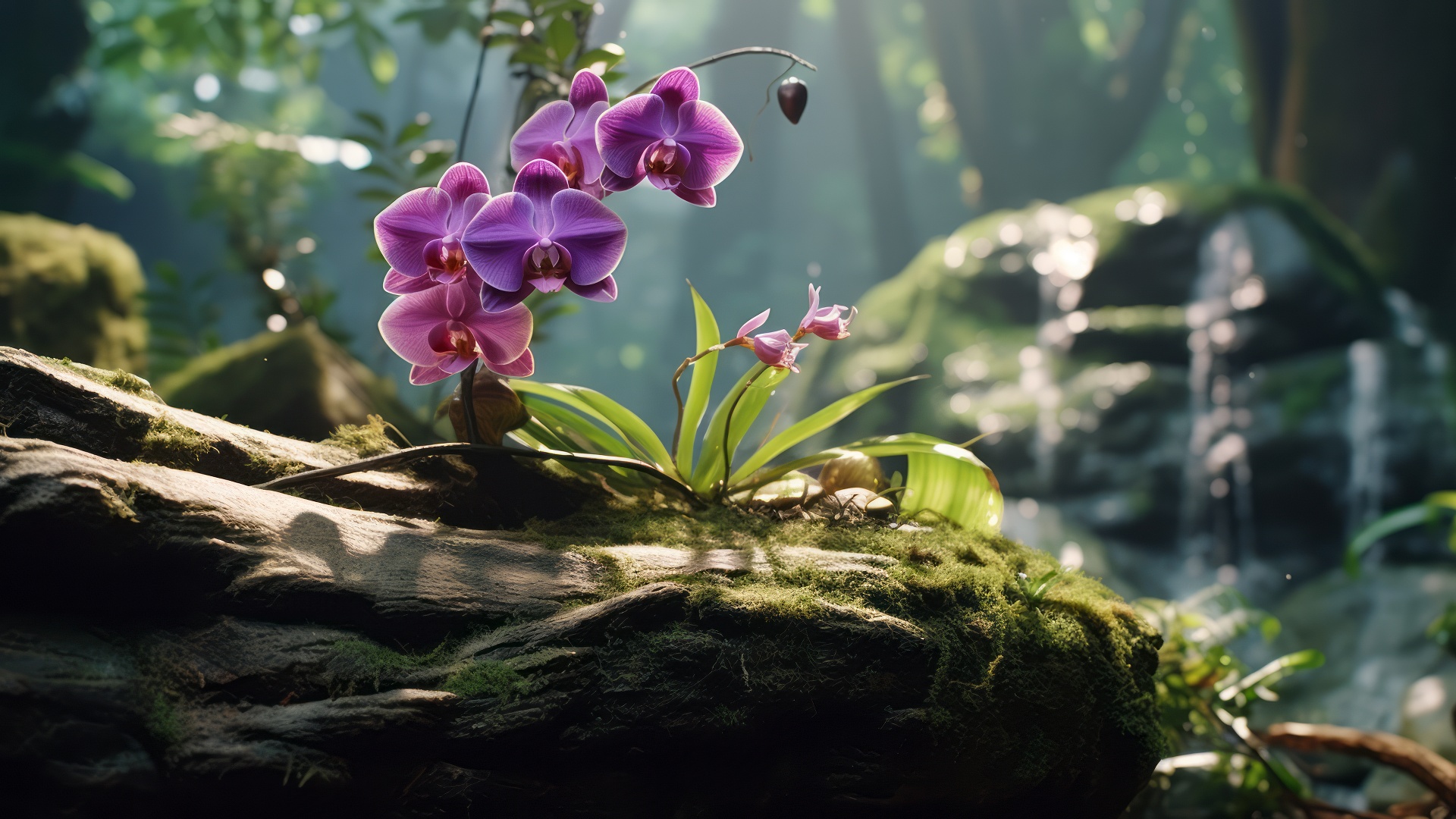
Epiphytes
Epiphytes, plants that grow atop other plants without taking nutrients from them, thrive especially in tropical rainforests. Adapted to capture moisture and nutrients from their surroundings, they enrich biodiversity, offering habitats to various organisms, and hold significant economic value, particularly in the horticultural industry.
-
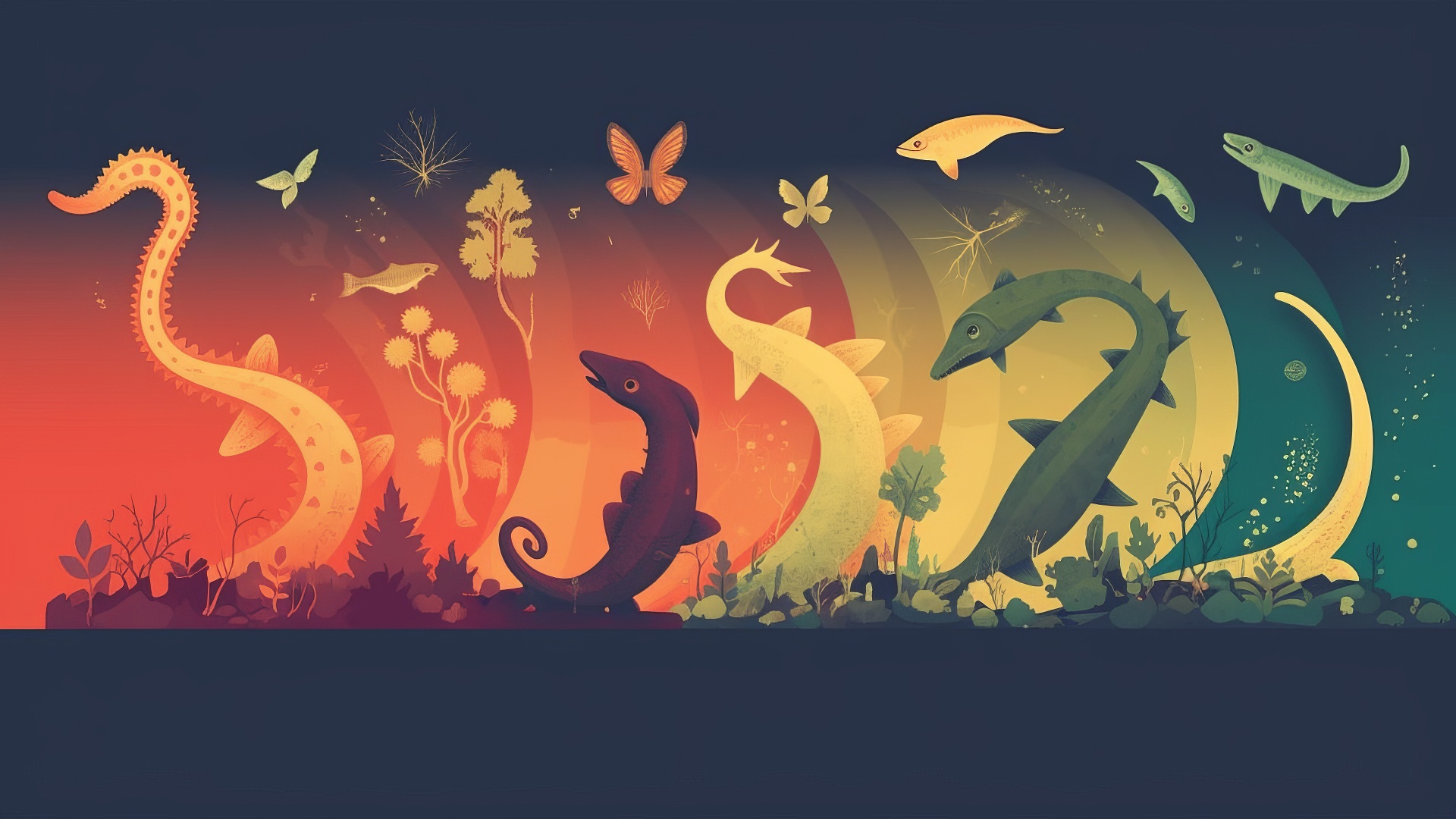
Maladaptation
Maladaptation refers to evolutionary traits that hinder an organism’s survival and reproduction, possibly leading to extinction. These traits may arise due to various factors, including rapid environmental changes and genetic constraints. Understanding maladaptation aids in conservation efforts and disease management.
